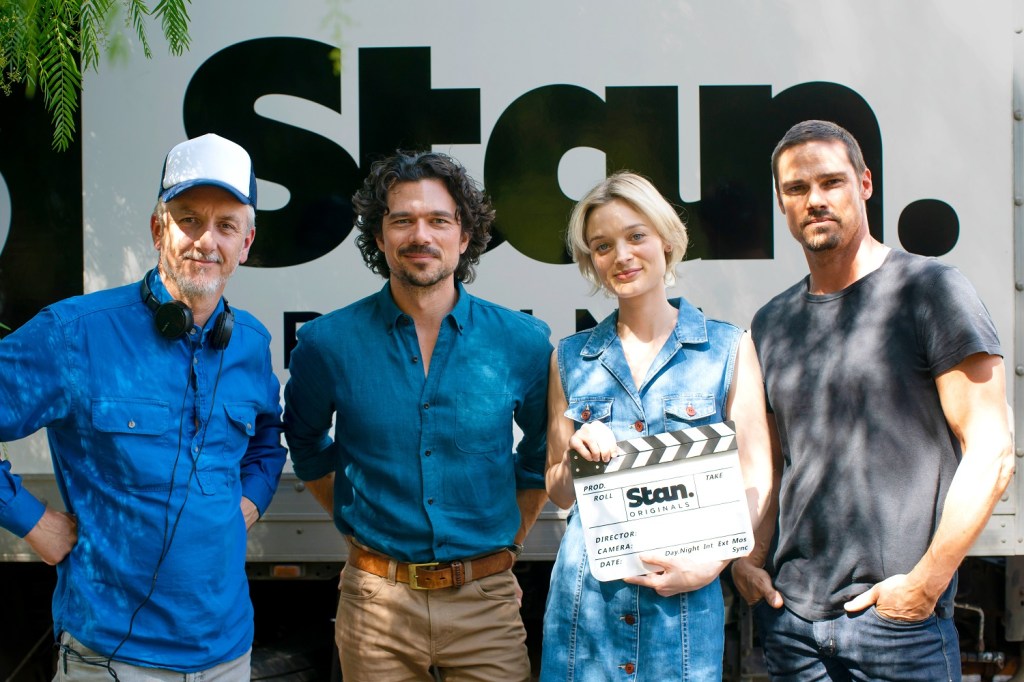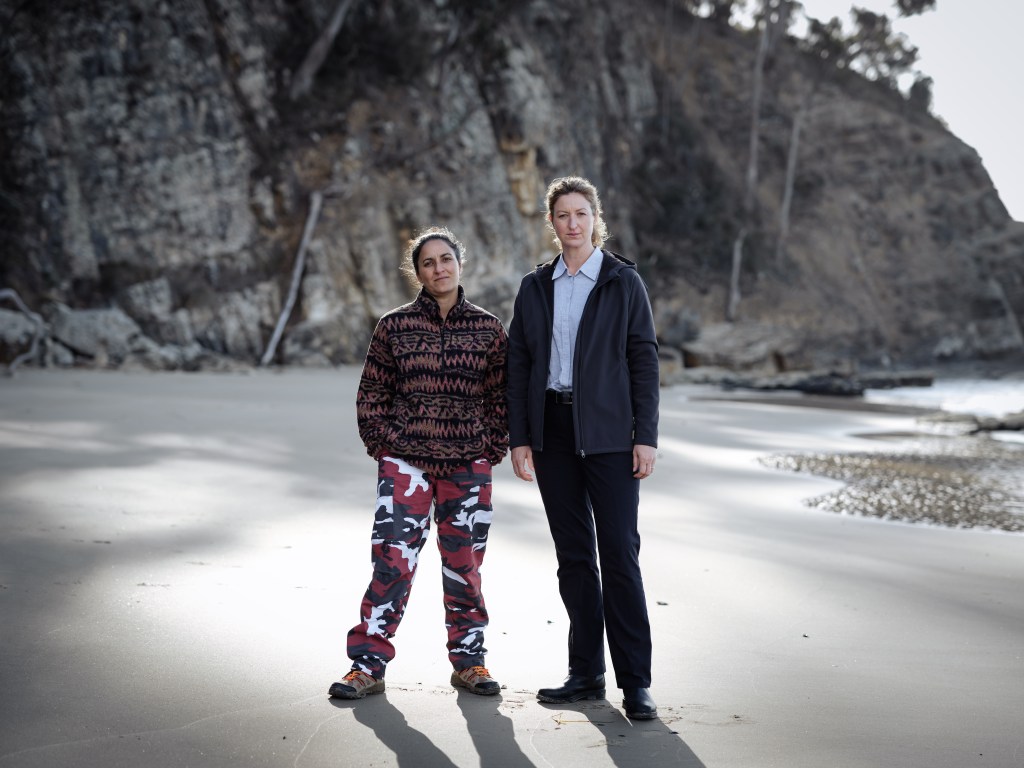The Federal Government has entered a new phase of consultation with stakeholders in regard to streaming regulation, narrowing the options down to a revenue or expenditure-based model in what Screen Producers Australia (SPA) says is a “significant step”.
As part of its Revive National Cultural Policy, the government has committed to introducing content obligations on streaming services no later than July 1, 2024.
Having presented five models to industry stakeholders in March this year, the Office for the Arts has now moved the discussion forward with a document titled Targeted Consultation Paper – Refined Models, inviting feedback from the services and screen organisations.
Of the two proposals, the expenditure model is a progressive obligation based on the number of subscribers a service has in a financial year.
As outlined by the government, there would be no obligation for a service with less than 1 million subscribers; 10 per cent for 1-1.99 million subscribers; 15 per cent for 2-2.99 million subscribers; 20 per cent for 3-3.99 million subscribers; 25 per cent for 4-4.99 million subscribers; and a 30 per cent obligation for services with more than 5 million subscribers. Based on the New Eligible Drama Expenditure Scheme that applies to subscription television, the requirement is for scripted drama only, including children’s.

Under the revenue-based model, services would be required to spend 10 per cent of their Australian revenue on new local drama, including commissions and first-on-platform acquisitions.
Platforms that stream sports will have their obligation reduced, according to their ratio of non-sport expenditure. For example, a streaming service that earns $250 million in Australia and spends $150 million on local programming, of which a third is allocated to sport, would have an Australian drama obligation of $16.67 million, instead of the usual $25 million.
In its paper, the government said the obligation would “set a floor for Australian drama expenditure and could be increased to 20 per cent over time, based on advice from the regulator”.
The regulation includes incentives for children’s content and features that have a cinema release, both of which carry a multiplier of 1.2 in relation to the obligation. For the purposes of the policy, Australian drama incorporates scripted comedy.
SPA has been among those lobbying for a 20 per cent revenue obligation, with CEO Matthew Deaner calling on the government to “be bold and put robust regulation in place” when appearing before the Senate Environment and Communications References Committee Inquiry into the National Cultural Policy in April.
Speaking in response to the newly released consultation paper, Deaner said the organisation was in the process of consulting with its members to “gather insights on the benefits and challenges associated with the proposed models.”
“This is a significant step in the ongoing conversation about regulating streaming platforms which we are pleased is commencing on 1 July 2024,” he said.
“We will provide updates as we proceed with our consultations.”

The consultation paper coincides with the release of new data from the Australian Communications and Media Authority (ACMA) showing five SVOD providers — Disney+, Netflix, Paramount+, Prime Video, and Stan — spent $324.1 million collectively on Australian programming in 2022–23 financial year, a decrease of $11 million from the previous reporting period.
According to the report, titled SVOD content in Australia: Spending on Australian programs by SVOD providers , $219.2 million was spent on 67 commissioned or co-commissioned Australian programs, down $34.6 million from 2021–22, while 1,516 Australian programs were acquired by SVOD providers, resulting in expenditure of $105 million, an increase of $23.6 million.
A further $452.9 million was spent on acquiring, producing, or investing in 39 programs that met at least one requirement of being classified as Australian under the Broadcasting Services (Australian Content and Children’s Television) Standards 2020.
The report was welcomed by Netflix, which noted in a blog post this morning that its reported investment in Australian-related programming had now passed $1 billion since the ACMA’s inaugural 2019-2020 report, including $500 million on new kids and young adult programming and over $450 million on new adult drama.
“Netflix’s investment in Australia is not new,” the company said.
“We commissioned our first local series Mako Mermaids in 2014 and are proud to celebrate our investment in over 80 new films and shows filmed across Australia as of this year.”



